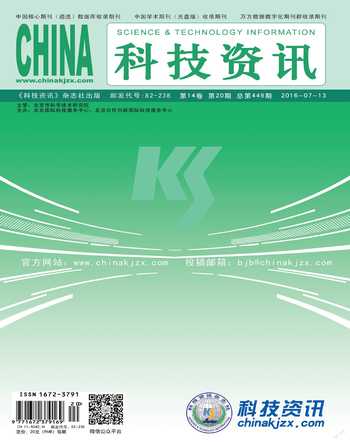基于结构的光合作用状态转换机理研究立项报告
柳振峰 刘秀颖
摘 要:自然界的光照条件随着季节和一天中的不同时段会不断地发生变化,光的强度和光线的光谱特征都会发生剧烈变化。对于像植物和藻类这些放氧光合生物来说,它们进化出了一系列的有效机制,用以应对光照环境的变化,一方面保护自身不受过强光线照射所造成的光损伤;另一方面又能够在弱光条件下达到最为优化的光合作用效率。状态转换是这一些巧妙调节机制中的一种,通过这一机制,放氧光合生物得以响应光质条件的变化而调节光能在两个光系统之间的平衡分配。状态转换过程中涉及一对关键的激酶和磷酸酶,即Stt7/STN7激酶和PPH1/TAP38磷酸酶。它们是状态转换所必需的一对蛋白,并且与捕光蛋白LHCII的磷酸化和去磷酸化密切相关。该课题以植物状态转换机制为主题,开展Stt7/STN7激酶和PPH1/TAP38磷酸酶的结构与功能研究,目标是在高分辨率三维结构分析基础上结合生物化学研究方法深入探讨光合作用状态转换的分子机理。对于光合作用状态转换中所形成的捕光蛋白LHCII与两个光系统(PSII或PSI)所形成的超级复合物样品进行分离纯化制备,通过尝试三维结晶或应用电子显微镜分析其三维结构,以获得较为精确的关于捕光蛋白LHCII与PSII或pLHCII与PSI相互作用的结构信息。
关键词:光合作用 状态转换 膜蛋白 捕光复合物
Abstract: The lighting conditions in nature are constantly changing on daily or seasonal bases. The intensity and spectroscopic features of the light are subject to drastic changes. For oxygenic photosynthetic organisms, like plants and algae, they have evolved a series of effective mechanisms in order to adapt to the fluctuation of lighting conditions. On one hand, these mechanisms will protect them from photodamage caused by excess energy intensity, while one the other hand, they can achieve optimal photosynthesis efficiency under dim light conditions. State transition is one of these sophisticated regulatory mechanisms through which the oxygenic photosynthesis organisms are able to respond to the change of light quality and regulate energy distribution balance between the two photosystems. A pair of vital kinase and phosphatase, namely Stt7/STN7 kinases and PPH1/TAP38 phosphatases, are involved in the state transition. They are essential for the operation of state transition, and closely related to the phosphorylation and dephosphorylation of light-harvesting complex II (LHCII). This project centers on the mechanistic studies of plant state transition process. Structural and functional studies of Stt7/STN7 kinases and PPH1/TAP38 phosphatases are being carried out. The aim is to investigate the molecular mechanism of photosynthetic state transition by combining the analysis of high-resolution structures and biochemical studies. The supercomplexes between LHCII and the two photosystems (PSII or PSI) formed during state transition will be isolated and purified. Three-dimensional crystallization and electron microscopic analysis will be attempted in order to characterize the three-dimensional structures of these supercomplexes and obtain the precise information about the interactions between LHCII and PSII or pLHCII and PSI.
Key Words: Photosynthesis; State transition; Membrane protein; Light-harvesting complexes
阅读全文链接(需实名注册):http://www.nstrs.cn/xiangxiBG.aspx?id=51000&flag=1

